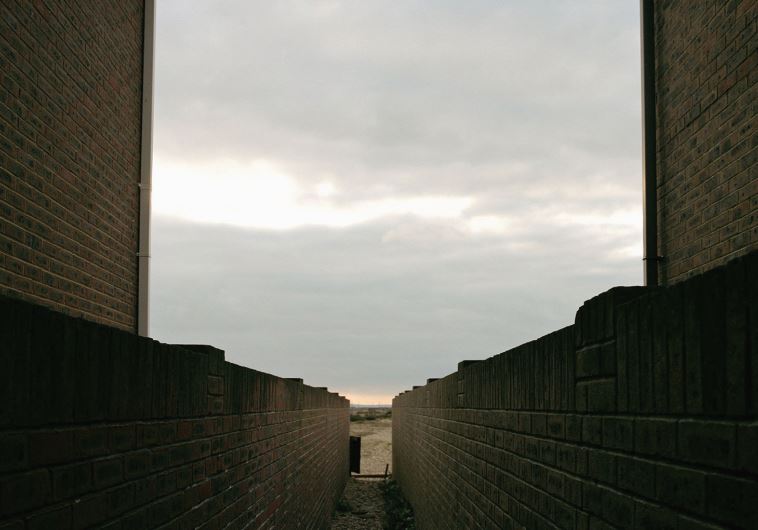The human scene
There is a ton included in the festival program, which should keep the photography enthusiast, and all and sundry, happily engaged.
 The barrenness of the off-season British coastline comes through(photo credit: NADAV KANDER)Updated: Read More
The barrenness of the off-season British coastline comes through(photo credit: NADAV KANDER)Updated: Read More